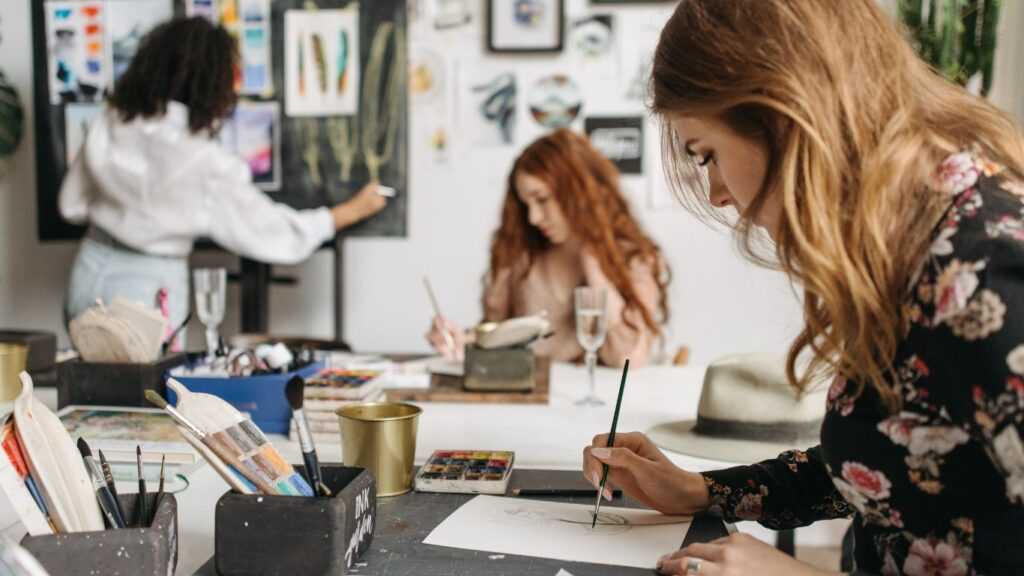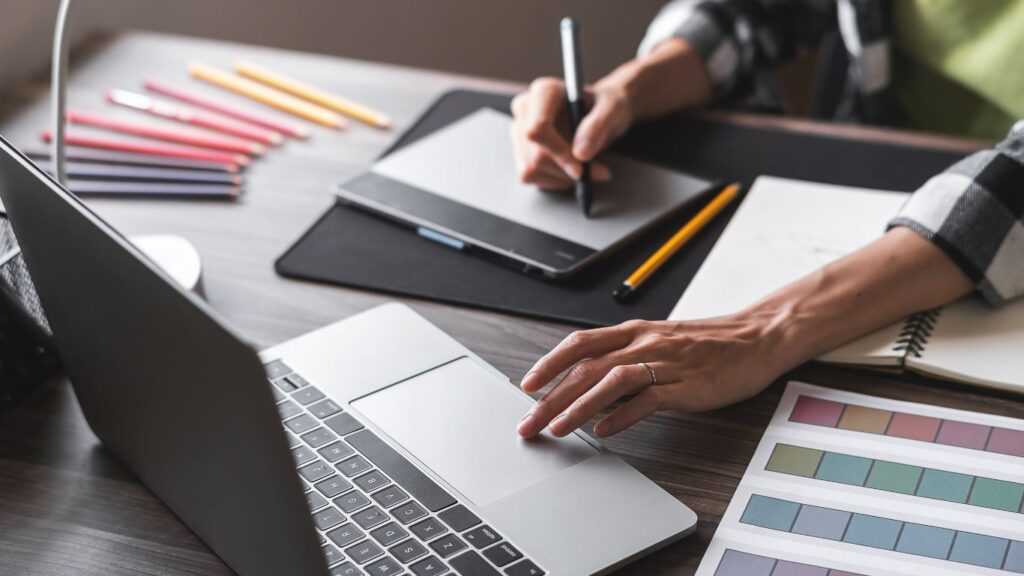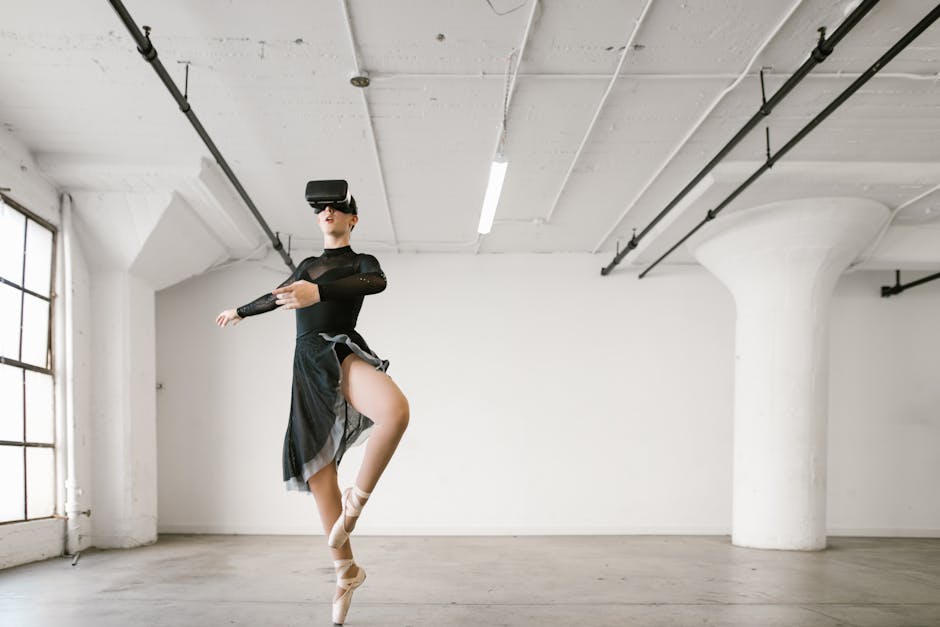Creating art has never been more accessible or exciting, thanks to the incredible digital tools available today. As an artist, I’ve seen firsthand how technology can transform a simple idea into a stunning masterpiece. Whether you’re sketching, painting, or designing, the right digital tools can elevate your creative process and open up endless possibilities.
In this article, I’ll explore the essential digital tools every artist should consider. From powerful software to handy gadgets, these tools can streamline your workflow, enhance your skills, and bring your artistic visions to life. Let’s dive into the world of digital art and discover how you can take your creativity to the next level.
The Evolution of Digital Art Tools
Digital art tools have revolutionized the way artists create and express their imagination. These tools have evolved significantly, making the artistic process more accessible and versatile.
Early Digital Tools for Artists
In the 1980s and 1990s, early digital tools emerged, primarily in the form of basic graphics software and rudimentary drawing tablets. Pioneers like Adobe Photoshop, which launched in 1988, offered artists the first glimpse into what digital art could achieve. Although limited by technology constraints, these tools introduced key concepts like layers, brushes, and filters.
Graphire and Intuos, early pen tablets by Wacom, allowed artists to draw more naturally on computers. These devices brought a new level of precision and control compared to using a mouse, although they lacked the advanced features of modern tools. Other notable software from this era includes CorelDRAW and MacPaint.
Modern Advancements in Art Software
Today, digital art tools have advanced immensely, offering sophisticated features that cater to both novices and professionals. Adobe Creative Cloud, encompassing Photoshop and Illustrator, provides an extensive suite of tools that cover drawing, painting, photo editing, and more. These software applications integrate seamlessly with various hardware, enhancing productivity and creativity.
Procreate, an app exclusive to iPad, has gained popularity for its intuitive interface and powerful capabilities. It offers tools like QuickShape, customizable brushes, and a robust layering system, making it a favorite among digital illustrators. Autodesk SketchBook and Clip Studio Paint are other modern tools that offer specialized features for different artistic needs.
Graphics tablets and stylus pens from companies like Wacom and Huion have also seen significant improvements. These devices now support higher pressure sensitivity levels, multi-touch gestures, and tilt recognition. These advancements make digital drawing and painting smoother and more responsive.
By integrating these modern tools into their workflow, artists can explore new dimensions of creativity and bring their concepts to life with unparalleled precision and flexibility.
Essential Digital Tools for Artists
Digital tools play a vital role in the modern artist’s toolkit. They offer efficiency, innovation, and versatility throughout various stages of the creative process.
Software Solutions for Painting and Drawing
Digital painting and drawing software have become indispensable for artists. Programs like Adobe Photoshop and Corel Painter provide a range of brushes, textures, and color palettes. Each piece of software offers unique features:
- Adobe Photoshop: Versatile for editing, painting, and sketching with layer management.
- Corel Painter: Complex brush engine replicates traditional media.
- Procreate: iPad-exclusive, intuitive interface, designed for mobility.
3D Modeling and Animation Tools
For artists working in three dimensions and animation, specialized tools facilitate intricate designs and movements. Key software includes:
- Autodesk Maya: Comprehensive for modeling, animation, and rendering.
- Blender: Open-source, extensive customization, integrates various 3D functions.
- ZBrush: Focuses on digital sculpting, offers flexible detailing tools.
Graphic Design Software
Graphic design software empowers artists to create visually appealing layouts and typography. Some essential tools include:
- Adobe Illustrator: Vector graphics, ideal for logos, icons, and complex illustrations.
- Affinity Designer: Cost-effective, performs well for vector and raster graphics.
- Sketch: Optimized for designing user interfaces and digital experiences.
These tools, tailored for specific artistic needs, significantly streamline the creative process.
From Concept to Creation: The Role of Technology

Technological advancements have transformed how artists conceptualize and create art. Digital tools now play a pivotal role in enhancing creativity and blending traditional techniques with modern innovations.
1. How Technology Enhances Creativity
Technology aids creativity by offering a diverse array of tools and platforms that expand artistic possibilities. Digital brushes, for instance, replicate traditional media effects, allowing for experimentation without the cost of physical materials. Cloud-based software enables collaborative projects, letting artists combine their skills regardless of location. Additionally, AI algorithms offer features like automated color matching and composition suggestions, helping refine artistic visions.
By providing access to extensive libraries of textures, brushes, and color palettes, technology simplifies the artistic process. Tools like Adobe Creative Cloud and Corel Painter offer customizable options, letting artists create unique works without starting from scratch every time. Real-time feedback on digital canvases also allows for immediate adjustments, enhancing efficiency and innovation.
2. Bridging Traditional Art and Digital Techniques
Combining traditional and digital techniques enriches the artistic process. Artists can now integrate hand-drawn sketches into digital platforms using scanners and tablets, preserving the authenticity of original sketches while utilizing the versatility of digital adjustments. Software like Procreate and Affinity Designer supports this integration by offering layers and blending options that mimic traditional media.
Technological tools also facilitate the preservation of traditional art forms. Museums and galleries use digital archiving methods to catalog and share artworks globally. This not only conserves valuable pieces but also makes them accessible to a broader audience, ensuring that traditional techniques influence future generations.
Technology plays an essential role in the creative journey, from the initial concept to the final creation, fostering an environment where traditional and digital art forms coexist and enhance each other.
Case Studies: Artists Using Digital Tools
Examining case studies of artists utilizing digital tools reveals their profound impact on creative processes and outcomes.
Success Stories in Digital Painting
Digital painting has opened new avenues for artists. For instance, digital artist Wojtek Fus has gained widespread recognition through his detailed concept art, using platforms like Adobe Photoshop and Corel Painter. His work on projects like “Love, Death & Robots” demonstrates how digital tools enable intricate designs and quick revisions. Another notable example is Lois van Baarle (Loish), who has amassed a large following by creating vibrant illustrations with software like Procreate. These artists leverage digital tools to streamline workflows and enhance creative expression.
Innovations in Mixed Media Art
Mixed media art thrives with the integration of digital tools. Artist Kristy Patterson, known for her hybrid artwork combining watercolor and digital elements, uses tools like Corel Painter and Adobe Fresco. Her technique involves scanning hand-painted segments and layering them with digital enhancements, producing unique textures and finishes. Another case study is the work of Chad Knight, who blends 3D modeling with traditional art. Using programs like ZBrush and Cinema 4D, he creates hyper-realistic sculptures that push the boundaries of conventional media. These innovations highlight how digital tools expand creative possibilities in mixed media art.
Conclusion
Digital tools have undeniably transformed the artistic landscape. From the precision of Wacom’s pen tablets to the versatility of software like Adobe Photoshop and Procreate, these advancements empower artists to bring their visions to life with unprecedented ease and detail. The success stories of artists like Wojtek Fus and Lois van Baarle illustrate the profound impact of digital tools on modern creativity.
Moreover, the fusion of traditional and digital techniques, as demonstrated by Kristy Patterson and Chad Knight, opens new avenues for artistic exploration. As technology continues to evolve, the possibilities for creative expression are boundless, making this an exciting time to be an artist.

 Jasmine Wellish is a key contributor at Info Wave Circle, known for her insightful articles and creative approach to technology and societal issues. With a deep passion for innovation and a knack for storytelling, Jasmine plays a crucial role in communicating the vision and achievements of Info Wave Circle to a broader audience.
Since joining the team, Jasmine has been instrumental in crafting compelling content that highlights the transformative potential of technology. Her work not only informs but also inspires the Info Wave Circle community and beyond. Jasmine’s dedication to exploring new ideas and her ability to convey complex concepts in an engaging manner make her an invaluable asset to the organization’s mission of fostering innovation and societal progress.
Jasmine Wellish is a key contributor at Info Wave Circle, known for her insightful articles and creative approach to technology and societal issues. With a deep passion for innovation and a knack for storytelling, Jasmine plays a crucial role in communicating the vision and achievements of Info Wave Circle to a broader audience.
Since joining the team, Jasmine has been instrumental in crafting compelling content that highlights the transformative potential of technology. Her work not only informs but also inspires the Info Wave Circle community and beyond. Jasmine’s dedication to exploring new ideas and her ability to convey complex concepts in an engaging manner make her an invaluable asset to the organization’s mission of fostering innovation and societal progress.
